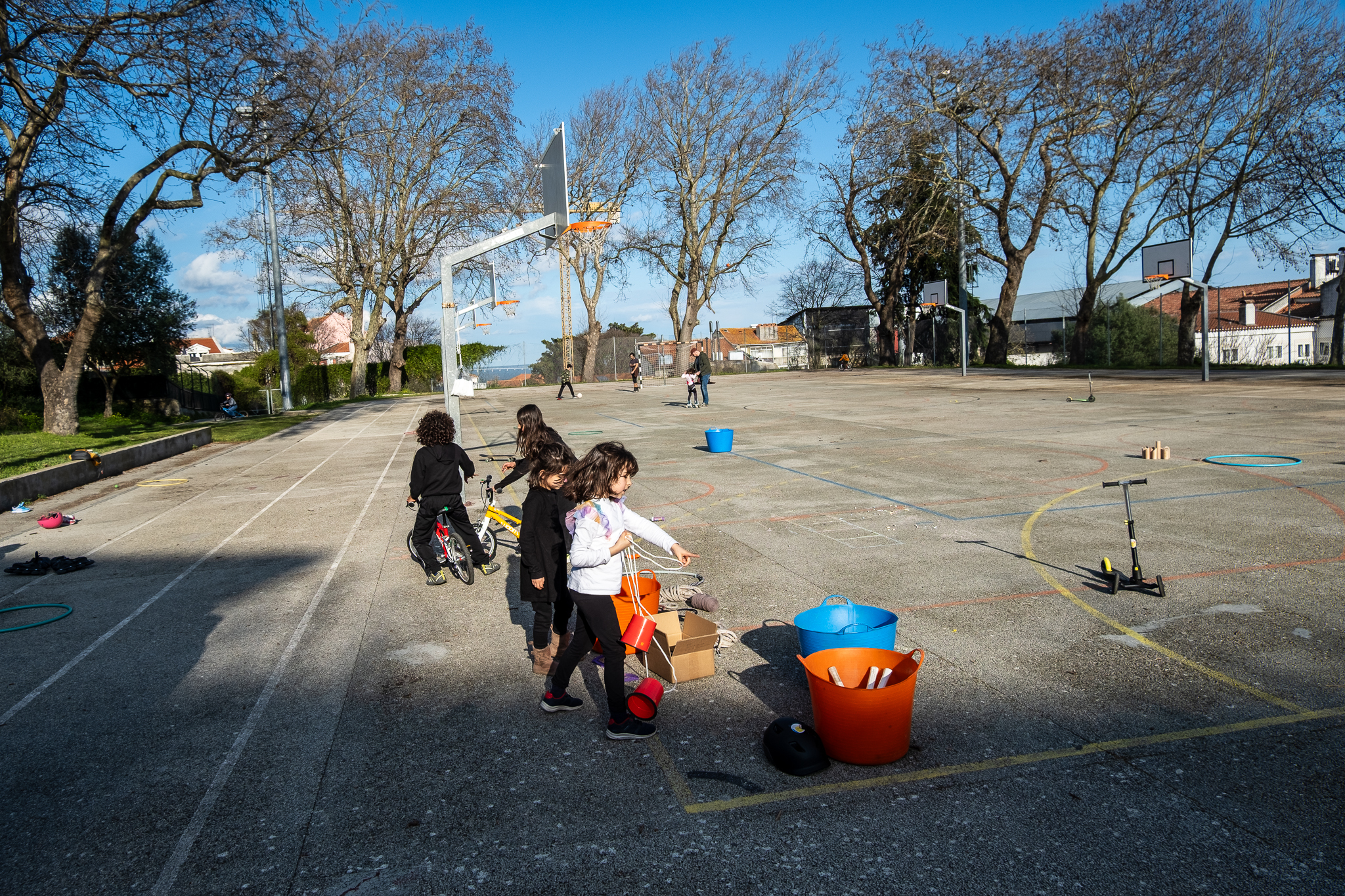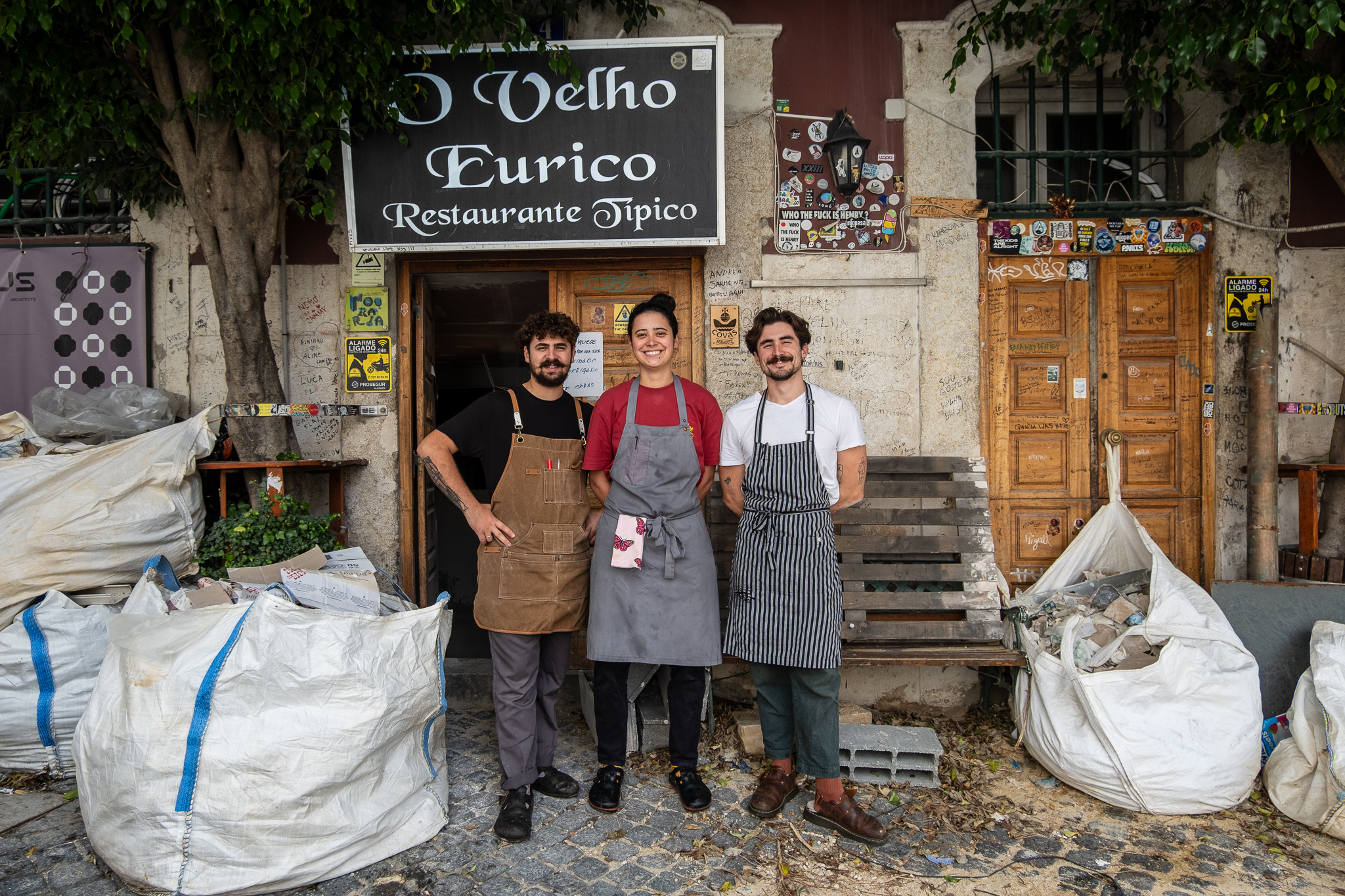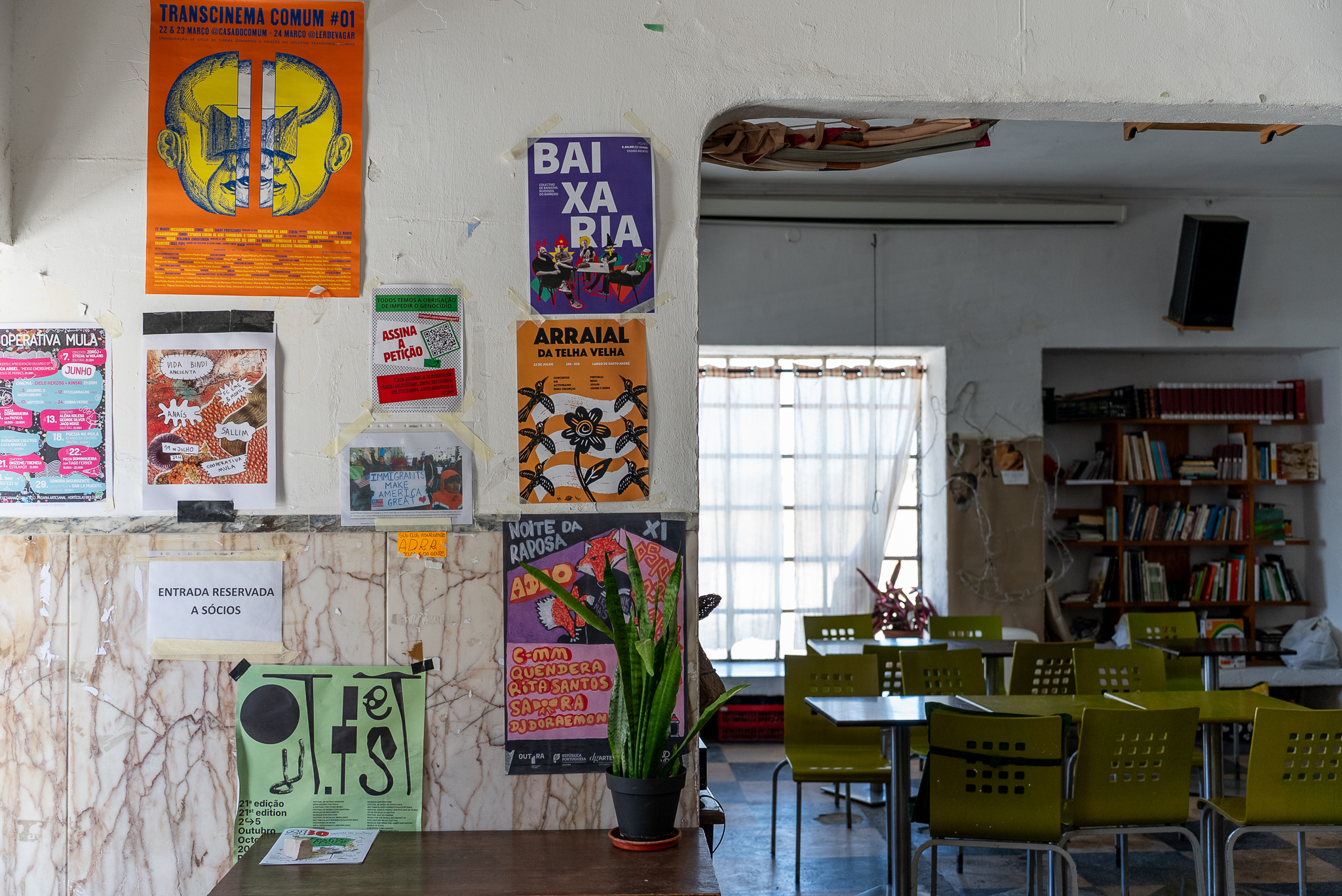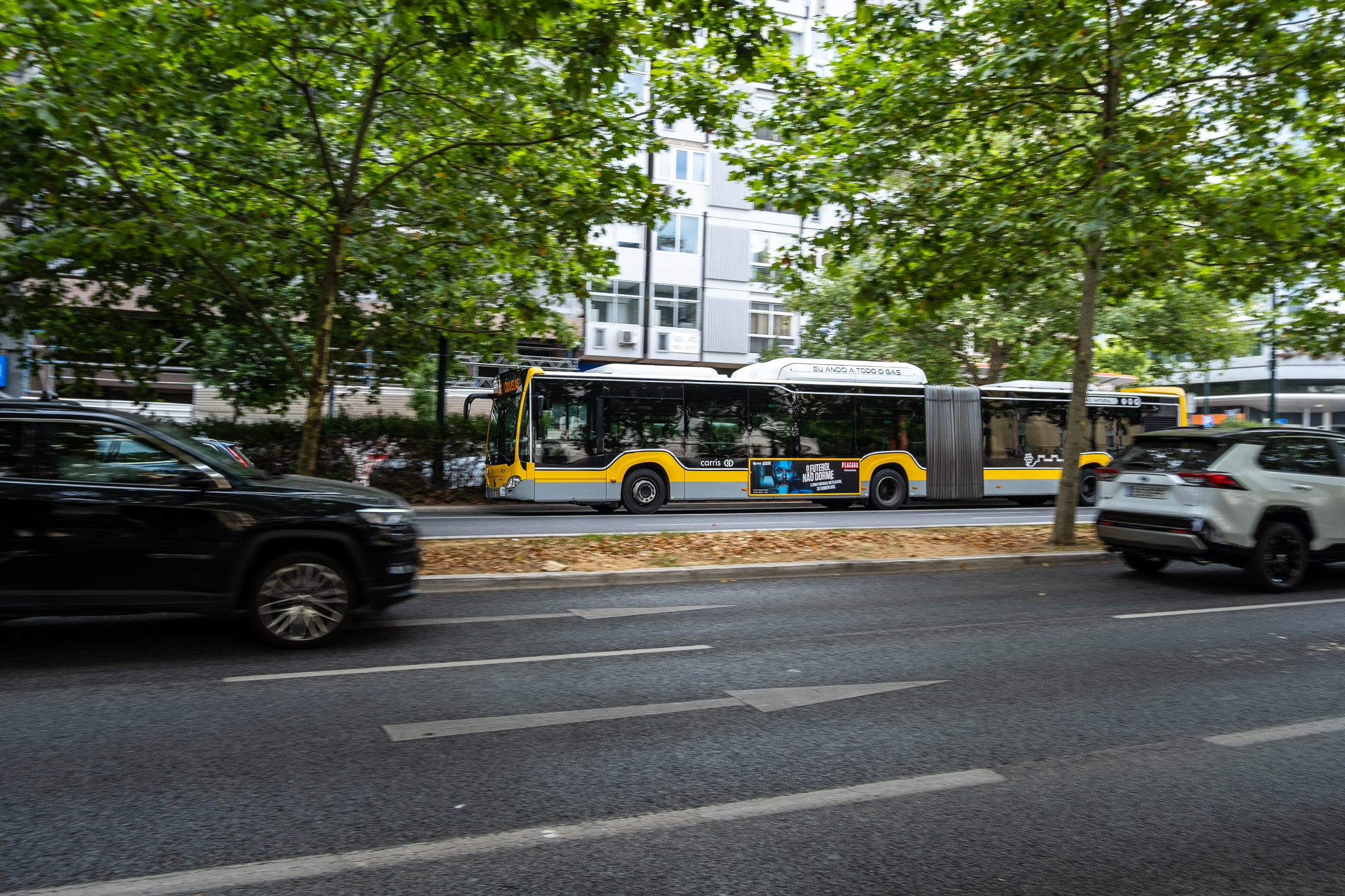A historical moment. Lisbon received the first of 15 articulated streetcars that will serve to reinforce and extend the 15E riverside line. We went to see it in the Carris workshops, in Santo Amaro.
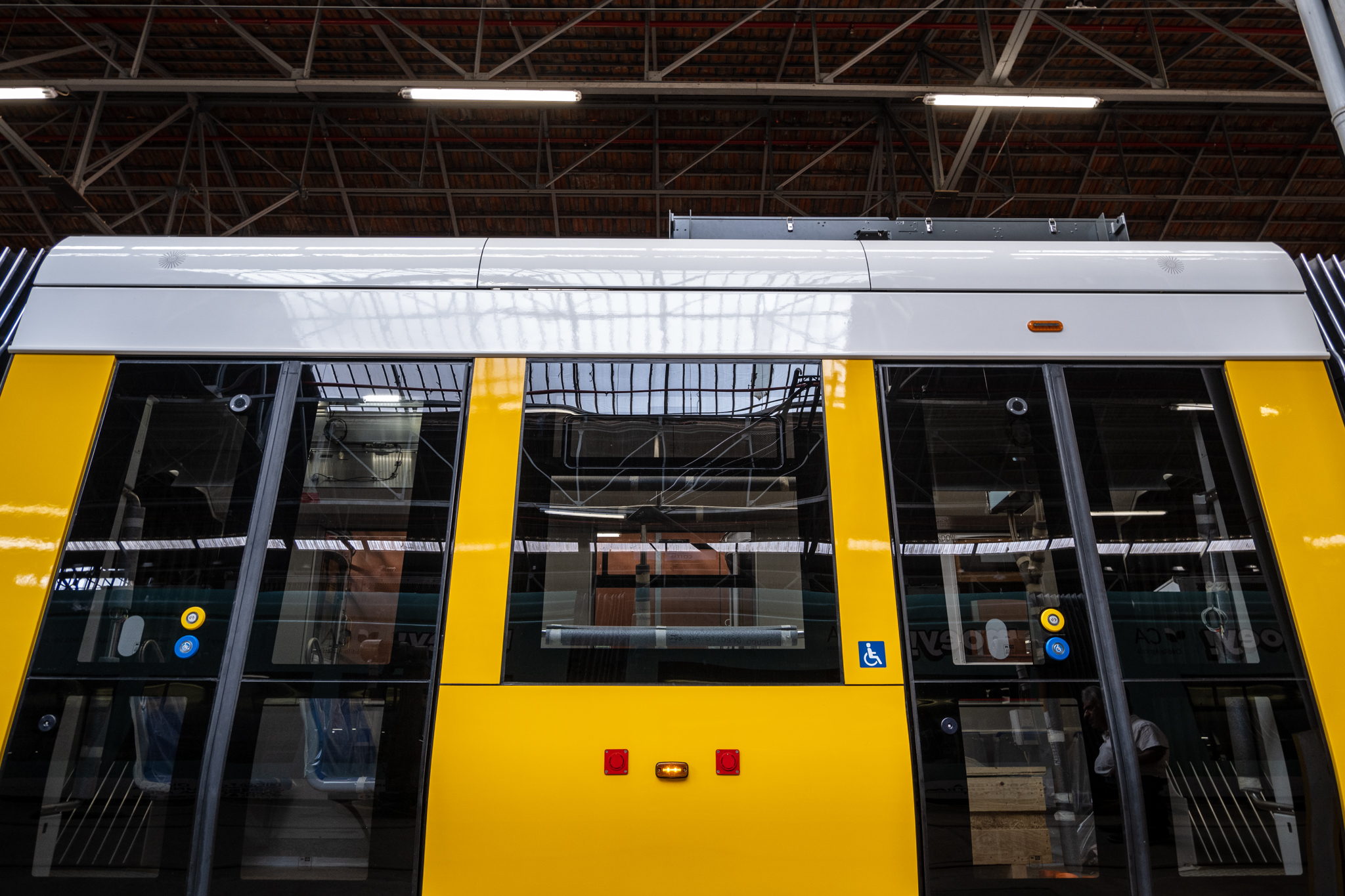
It was at the end of April that he arrived in Lisbon the first of 15 new articulated streetcars that will reinforce Carris' fleet and, in particular, the 15E linewhich circulates on the waterfront connecting Lisbon and Oeiras. The new vehicles will make it possible to increase frequencies and advance with the expected extensions of the line: on one side, from Algés to Cruz Quebrada; on the other side, from Praça da Figueira to Santa Apolónia (and in the future to Parque das Nações).
The 15 new articulated streetcars are the result of an investment total of 43.4 million eurosThis includes the maintenance of the vehicles. After the arrival of the first vehicle, eight more should be delivered this year, and the remaining six in 2024. With these acquisitions, the Carris' articulated streetcar fleet will more than double, from the current 10 vehicles to 25This will allow Lisbon to gain a new lease of life on its riverside streetcar line, which, due to growing demand, has been reinforced with buses.




The plans for the 15E line include its extension, both in Oeiras and Lisbon. The idea is old and was already spoken about in 1995 when the first articulated trains were introduced in the city. At the time, it was intended to implement a 13-kilometer light rail line between Cruz Quebrada, in the municipality of Oeiras, and Santa Apolónia, in Lisbon, passing through Algés, Belém, Calvário, Cais do Sodré, Terreiro do Paço and Praça da Figueira. (In 1995, Parque das Nações did not yet exist as a centrality in the city, so any plans to bring the 15E to the eastern part of the city are recent).
Today, the extension of 15E only to Santa Apolónia is certainThis depends solely on the completion of the drainage works and the construction of a new plaza around the railway station. On the Oeiras side, the City Hall led by Isaltino Morais has already said it is committed to the extension of the 15E line from Algés (where it currently ends) to Cruz Quebrada, "resuming the historical route of this line and offering a new transport solution in the municipality of Oeiras"..
The 15E will be articulated with two new light rail lines that are being studied on the northern edge of the Lisbon metropolitan area, connecting the municipalities of Lisbon, Oeiras and Loures: the Western LIOSwhich will connect to the 15E in Cruz Quebrada and link areas such as Linda-a-Velha, Miraflores and Restelo; and the LIOS Orientalwhich will begin in Santa Apolónia (or Parque das Nações, depending on the articulation with the 15), connecting eastern Lisbon to Sacavém, in Loures. The previous studies and the LIOS track are being developed in collaboration between Metro, Carris and the municipalities of Lisbon, Loures and Oeiras.
A historical moment
The 15 new articulated streetcars make up Lisbon's first articulated streetcar fleet renewal in 28 years and will be the so-called Carris 600 series. The first of these streetcars arrived precisely at dawn on April 28th from the Spanish CAF shipyard in the Basque Country. The transport of the vehicle to the Carris installations in Santo Amaro forced traffic conditions in several arteries of the city during the late hours of the night, and captured the attention of several enthusiasts who, losing some dream time, got videos and photographs of a historic moment for the city.
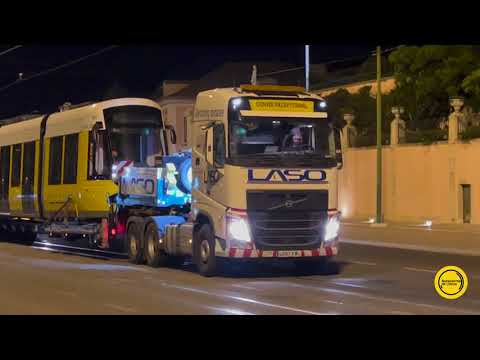
It was in Santo Amaro we visited the 601, accompanied by Carlos Gaivoto. A Carris technician for more than 45 years, he is a staunch supporter of light rail in cities and doesn't hesitate: it is time to bring the tramway back to Lisbon, recovering or developing new lines and creating a surface network, that helps to reduce or eliminate car trips, and that transfers this modal dependence to quality collective transport. "The streetcar is the most versatile solution because it can cover different distances, which can range from purely by bike, to subway to train distances"points out, referring to the diversity of implementations that this mode makes possible.
For example, we can have streetcars in express service to connect and sew peripheral territories, as we have in Line B of the Porto Metro, or even streetcar lines that "in and out of the conventional railway system". This last situation is a model known in the industry as tram-train: by solving only the differences in current and gauge, a streetcar like the one Carris has just bought can suddenly "move up" to a train or subway line to travel longer, suburban distances. Currently, Lisbon has only the tramwayIn other words, "normal" streetcars run along "normal" streets in the city on their own tracks. The Porto Metro or MTS, in the municipalities of Almada and Seixal, is a system of Light Rail Transit (LRT)A kind of train, or light rail, as we prefer.

The return of electric mode
In the middle of the 20th century, Lisbon, following other cities, deactivated many of its streetcar lines to pave roads that would serve the private automobile. At the same time, the light rail mode was being replaced by the subway, subway mode, where it would not disturb automobile traffic. In the Portuguese capital, collective streetcars disappeared and some routes were replaced by buses, with a more flexible circulation, without fixed rails, and by the new Metro network; the streetcar's decline lasted until the early 1990s. "In the 1980s and 1990s, what was unfortunately done in Lisbon was to give priority to the car, while other cities in Europe were already giving priority to public transport", regrets. "If you go and look at the streetcar networks in France in the 1980s, they existed in two or three cities. Today, they have about 30 networks in 30 cities. So what we're seeing is a revival of the streetcar."perspective.
Lisbon has today only six tramlines: in addition to 15Ethere is 12Ethat connects Martim Moniz, Mouraria, Alfama and the Castle as if it were a neighborhood line; the 18Ebetween Cais do Sodré and Ajuda, passing through Rio Seco; the 24E, which was reactivated in 2018 and connects Largo Camões to Campolide; the 25Ebetween Praça da Figueira and Campo de Ourique; and 28EIt was a tourist success, connecting Martim Moniz also to the Campo de Ourique neighborhood. In the 1950s, however, there were about 30 careers.

Carlos Gaivoto sees in streetcars an opportunity to be able "gradually replace" bus routes today and thus offer passengers more predictable and comfortable transportation. "The electric, if it runs in its own place, offers great versatility and has a different speed." In order to guarantee this regularity in a surface network, it is necessary to create conditions on the city streets for its development by dedicating segregated circulation lanes to it and by solving the abusive parking that so often blocks the streetcars. "We can have axes where only the streetcar passes, without cars, nor even buses and cabs", he exemplifies, adding that these streets can be rails in grassy corridors, as happens, in fact, in Almada and in Porto.
For Carlos Gaivoto, there are advantages of light rail in cities compared to an underground metro network, such as the dynamic experience of the street and the city that it can provide, and also in terms of accessibility. "You're on the street and you can get on the streetcar right away, unlike on the Metro, where you have to go down and often the escalators and elevators are broken. There are stations without elevators, etc. That for some people means less accessibility.", points out. "And all that has costs and costs an exorbitance. A subway station is an underground house, a big pavilion, with all the lighting equipment, accessibility, air conditioning, etc. The cost of that is not justified for the size of city we're looking for."
For the specialist, the Metro's expansion strategy, centered on the underground and on the displacements within the city of Lisbon, has been "wrong and very expensive". And it points out: "With the cost of one kilometer of Metro, I could build 15 kilometers of LRT. This is extremely important because much faster than the Metro I could build an LRT network in the city." And in this way he makes a direct criticism to the construction of the Circular Line, whose works will add only 1.9 km to the network, connecting Rato to Cais do Sodré, and are costing 331.4 million.



What about the future of the streetcar in Lisbon? "All line layouts that may be studied" will have to start from the definition of what is wanted for the county, "whether we want a county with more or less cars, buses, bicycles and pedestrian space"and with the ambition to "a social and territorial cohesion". Seagull jokes that "the municipality of Lisbon has five cities within it"It is necessary to interconnect these territories and provide internal mobility solutions. At the metropolitan level, the challenge is not very different and, more than creating networks that bring people from the peripheries to the center of Lisbon (as the Metro has developed), we have to think of networks that interconnect these peripheries, these other centers. “Who evaluates the costs of territorial dispersion? Here we don't see anyone talking about it, but dispersion has costs. It's not enough just to build, and many times they build where there isn't even a public transportation network. It happened most intensely in the 1980s and 1990s. That's why people keep coming by car, that's why we have traffic jams always at the same accesses. Anyway, people keep coming by car because the alternative to the doorstep doesn't exist."

Gaivoto says that there is work already done by Carris and never implemented by the Lisbon City Hall and other municipalities, such as a study for an Algés-Loures axis. "It would serve four municipalities, from Algés to Damaia, but it had one antenna for Linda-A-Velha and another for Carnaxide, then it would go from Damaia to Falagueira, Alfornelos, Odivelas, Loures. Then it could continue beyond Loures, and nowadays with these tram-trains we could make connections between streetcar and conventional rail. So, for example, an axis from Algés to Alverca would be a strategic axis to try to sew, in a certain way, all these urbanizations that exist in a dispersed way in the territory." Another idea would be a line between Falagueira and Santa Apolónia and that it could take advantage of Metro tunnels in some sections, as well as replace bus routes in areas such as Benfica Road. However, these are all just old projects, which will not be in the plans now.
The expansion of the tramway mode in Lisbon includes, besides the extension of the 15E, an LRT line between Loures and Odivelas, which will be built on the surface and in a tunnel and will be managed by Metro - it will be the Violet Line. And also the two LIOS lines, already mentioned. On the South Bank, we should expect the extension of the MTS to Costa da Caparica and, at a later stage, to Barreiro. We will talk about these projects in future articles.

Back to Lisbon: the streetcar lines that resisted dismantling were modernized in the late 1990s: the 15E went, as mentioned, to have 10 new articulated streetcars in 1995, a real novelty in Lisbon at the time; and the The fleet of 45 traditional streetcars was, by 1996, restored, becoming faster and quieter.
Today, these classic streetcars have become an icon of Lisbon and are an undisputed success among the millions of tourists that the Portuguese capital receives every year. That is why its maintenance is guaranteed and why Carris has even planned for it, buy 10 new "historic" streetcars, that is, "of appearance consistent with the classic streetcars that are an identifying mark of the city of Lisbon"20 million investment.

